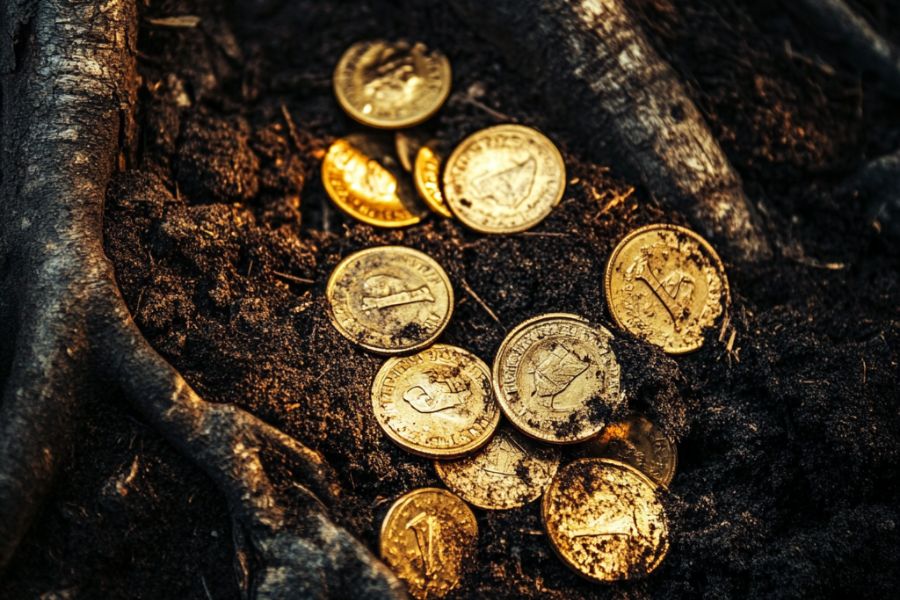West Virginia is brimming with stories of gold, silver, and long-lost fortunes hidden in its rugged hills and valleys. These tales have been passed down for generations, sparking curiosity and a sense of adventure in anyone who hears them.
From whispers of Civil War treasures to forgotten stashes from outlaws, the possibilities are endless.
Hunting for treasure is about exploring the land, uncovering pieces of history, and feeling a connection to the stories of those who came before us. For locals, it’s a chance to turn a hike through familiar forests into a thrilling quest.
Some of these hidden treasures might worth millions of dollars. With so much wilderness and history in the state, it’s no surprise that West Virginia holds secrets waiting to be uncovered. Who knows what you might find if you go looking?
The Incredible Treasures of West Virginia Yet to be Discovered
These are some of the most valuable and interesting treasures that are still uncovered and you can try to find them:
Confederate Gold in Chapmanville – $12,000,000+
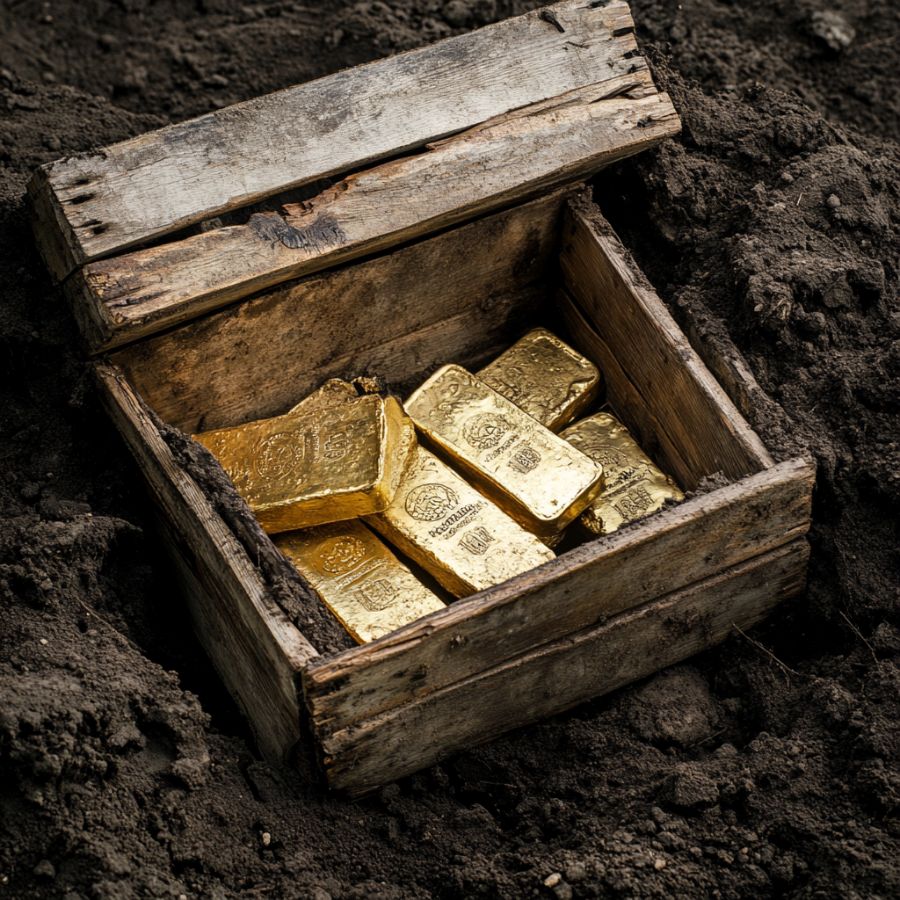
During the Civil War, the Confederate army needed to protect their gold from Union soldiers. Stories say they buried some in Chapmanville, West Virginia, during a fight in 1863.
The gold was meant to pay soldiers or buy supplies, but after the war, it vanished. Locals believe it’s still hidden near the Guyandotte River, but the river’s path has changed, and the old roads are gone.
A Union officer’s journal described burying the treasure where the river and an old road converged, but the river’s course shifted, and the road vanished.
Over 150 years later, locals swear the gold lies inches below the soil, untouched by time or water. Even a 1930s search using the journal’s clues came up empty, leaving the payroll’s fate as murky as the river’s currents
How much the treasure would be worth today
The lost Confederate gold could be worth $12 million today.
Moishe Edelman’s Chests of Coins – $2,000,000+
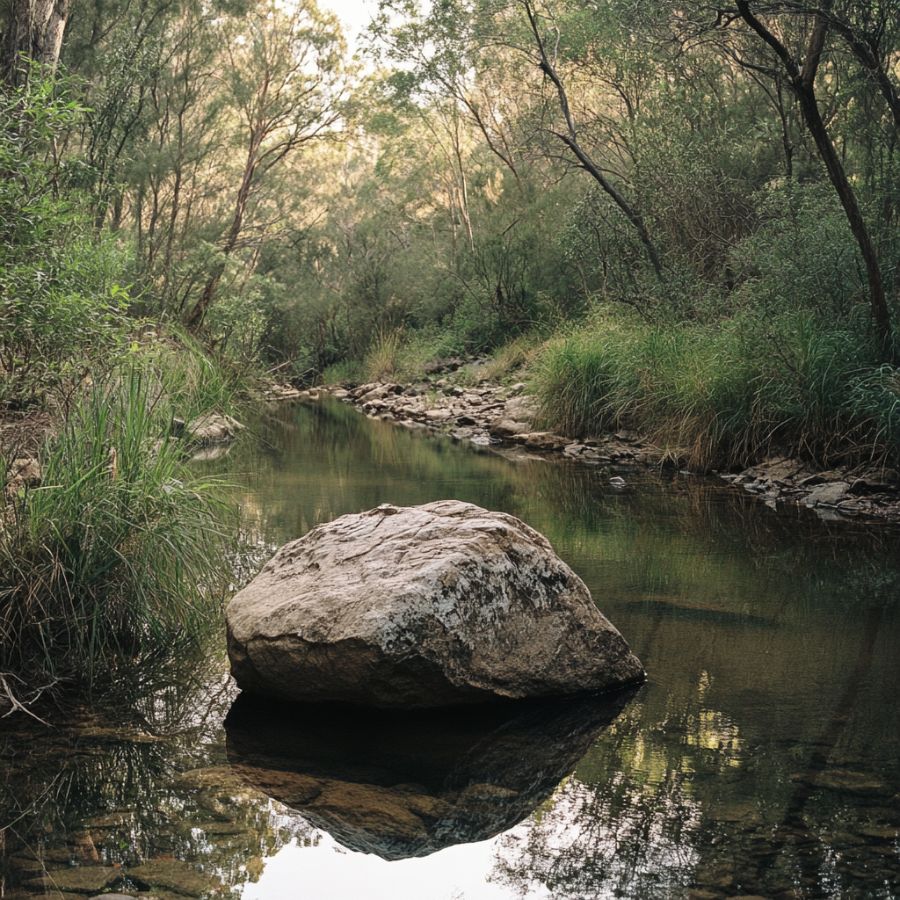
Moishe Edelman was a Jewish peddler who fled Russia in the early 1900s to escape persecution. He settled in West Virginia, selling pots, cloth, and tools to families in remote mountain towns.
When he died in 1933, he gave a doctor a map to four chests of coins buried near Laurel Fork Creek. The map said to follow a “hard road” to a large rock across from the creek bend. Treasure hunters still search today, but snakes and thick bushes guard the spot.
Edelman’s story became famous after a YouTuber named Sean McCracken explored the area using old maps. He found the “hard road” (now Route 10) and a rock that might match the clues. But the creek’s path has shifted, and the chests remain lost.
How much the treasure would be worth today
The chests could hold over $2 million today, thanks to rare coins and inflation.
Lost Carpenter Farm Treasure – $500,000+
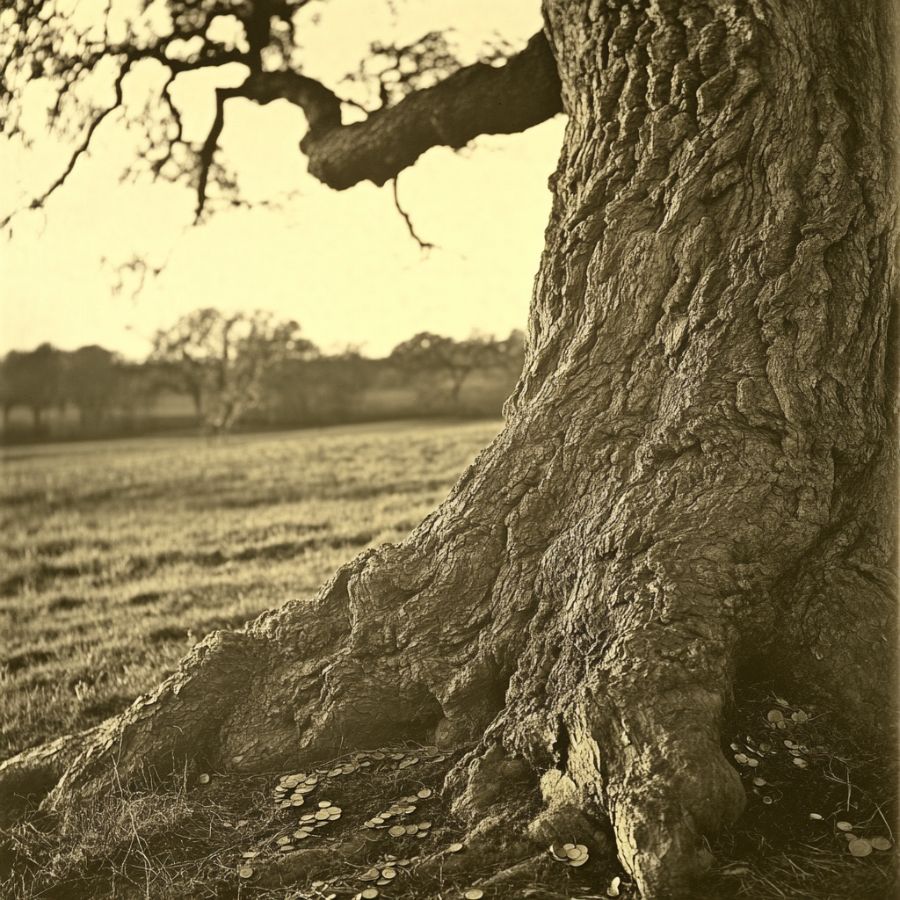
In the 1930s, Samuel Lawson lived near Grantsville, West Virginia, during a time when the U.S. government recalled gold to stabilize the economy. Fearful of losing his savings, Lawson buried $2,000 in gold and silver coins on his property near Bear Fork.
He chose a spot marked by natural landmarks, but after his death, the exact location faded from memory. His treasure likely included rare coins like Morgan silver dollars, which collectors value highly.
Modern efforts focus on areas near old trees or rock formations mentioned in local tales. Despite challenges like dense brush and private land restrictions, the hunt continues for this Depression-era hoard.
How much the treasure would be worth today
Lawson’s buried coins could be worth $500,000 in today’s market.
Confederate Loot on South Branch Mountain – $6, 000,000+
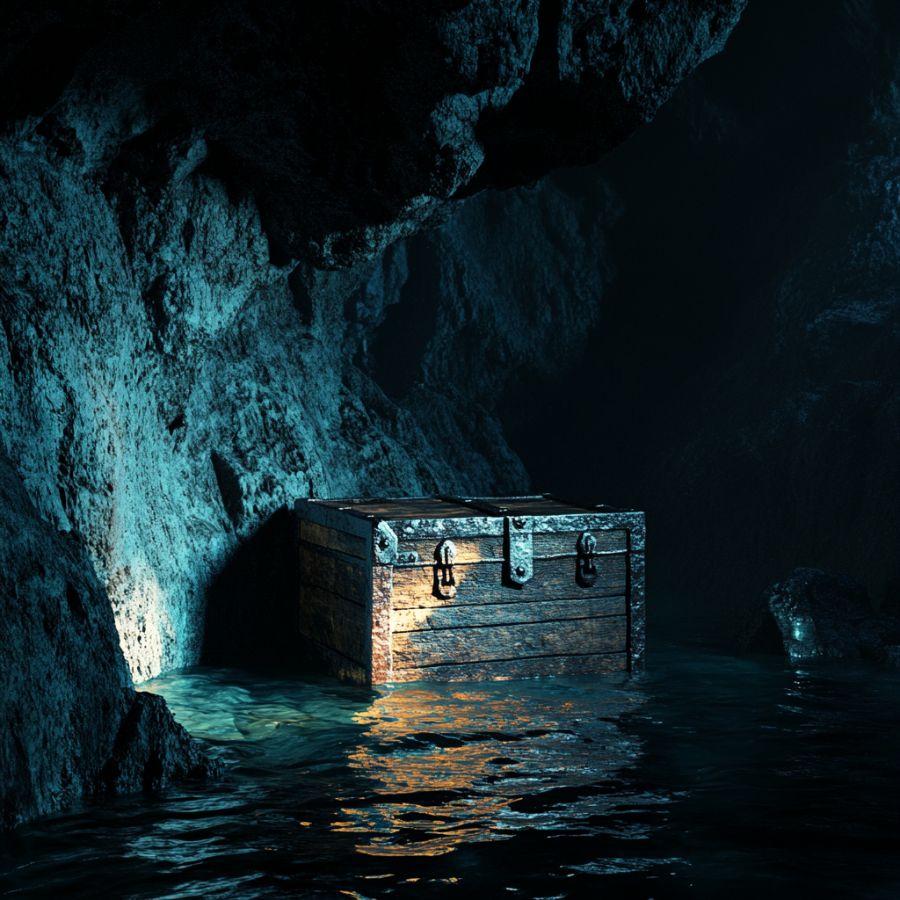
During the Civil War, three Confederate deserters robbed a Virginia bank in 1861, fleeing with $40,000 in gold coins. They crossed South Branch Mountain near Helmick Rock and buried the loot in a cave under three cliffs.
A map left behind described using sunlight angles from flat rock to locate the site, but the men were captured before retrieving it. The cave’s entrance was said to be visible through a rock opening, marked by carvings like “73” or “74”.
In the 1930s, a farmer claimed to find rusty tools near the area, sparking renewed interest. The river’s shifting path and overgrown forests complicate searches today. Some believe the gold sank into limestone cracks or was washed away by floods.
How much the treasure would be worth today
The Confederate gold could be valued at $6 million today.
Lost Jonathan Swift Silver Mine – $30,000,000+
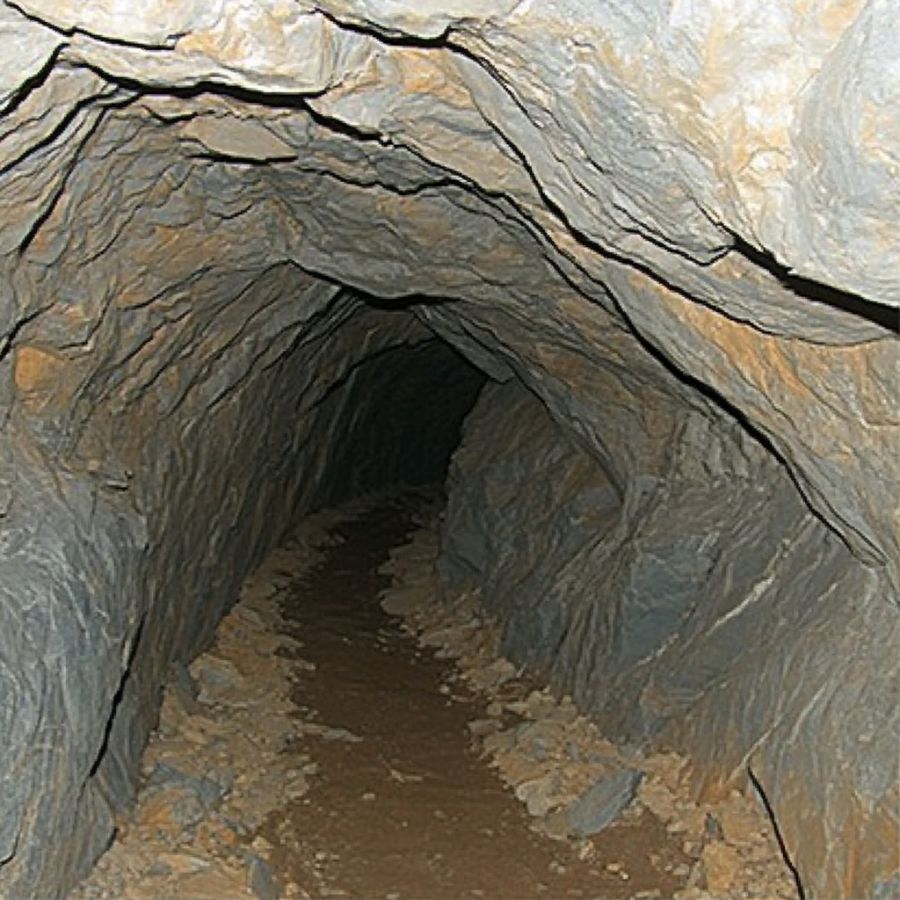
English explorer Jonathan Swift claimed to discover a silver mine in the 1760s while traveling through Appalachia. His journal described a cave near the Buckhannon River, where he minted coins and hid silver bars.
Swift later went blind and lost the mine’s location, leaving behind cryptic clues like “rock paper” markings.
Geologists doubt silver exists in the region, as surveys found only traces of zinc and lead. Still, hunters explore caves and riverbanks, hoping to uncover Swift’s legendary stash.
How much the treasure would be worth today
Swift’s silver mine might hold $30 million in ore and coins.
Dennis Atkins’ Buried Gold Coins – $10,000,000+
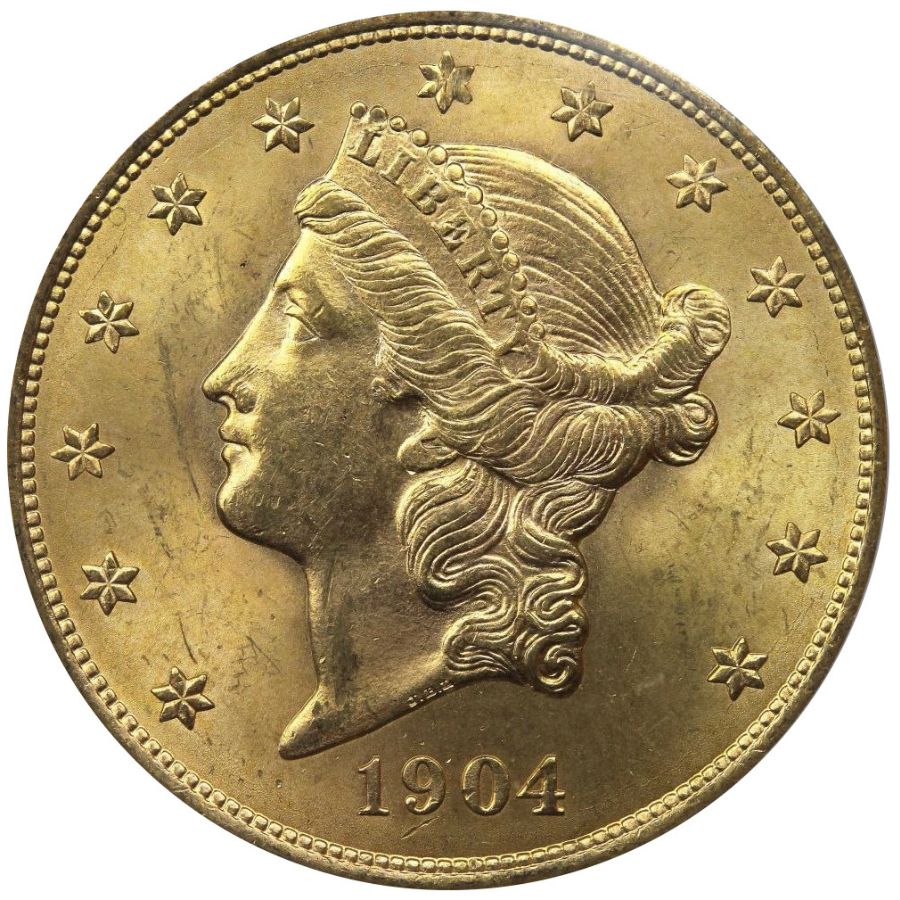
Dennis Atkins, a wealthy recluse in early 1900s West Virginia, buried $200,000 in gold coins along the Tug Fork River near Kermit. He marked the spot with a twisted oak tree close to an old toll bridge.
After his sudden death, floods eroded the riverbank, possibly scattering the coins downstream. Treasure hunters have combed the area, finding relics like nails but no gold.
Atkins’ coins might include rare Double Eagles, minted in the late 1800s. These coins, if found, could fetch thousands each at auction. The search focuses on riverbeds and areas near the bridge’s original foundations.
How much the treasure would be worth today
Atkins’ gold could total $10 million today, combining bullion value and rare coin premiums.
The Doll House Treasure – $8,000,000+
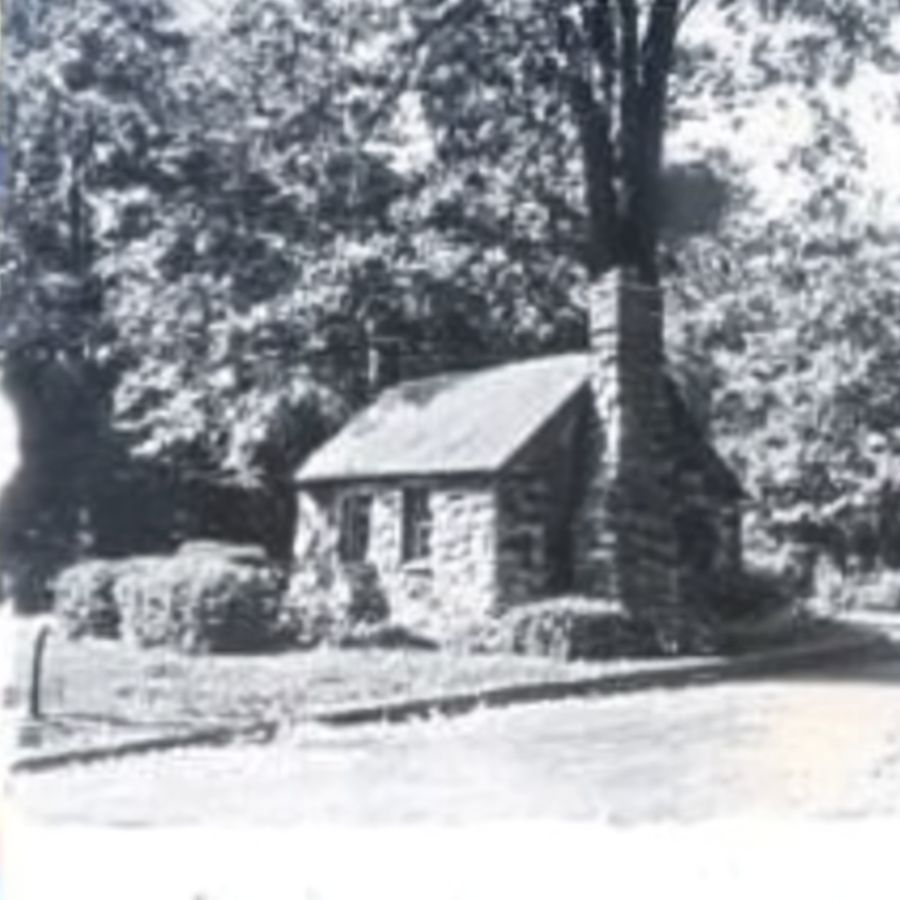
In 1889, Alfonso Marzo, a Spanish immigrant, built a miniature “dollhouse” on land purchased from farmer James Shahan in Upshur County. Marzo lived reclusively for four years before vanishing, leaving a letter claiming he hid $330,000 nearby.
The treasure’s origin is unclear, but rumors suggest gold coins, jewels, or land deeds buried under a cherry tree or creek bed.
The land is now privately owned, complicating searches. Modern hunters use old railroad maps to guess the site’s location near Bear Camp Run.
How much the treasure would be worth today
The Doll House Treasure might be valued at $8 million, including potential gold and historical artifacts.
John Dillinger’s Hidden Gold – $10,000,000+
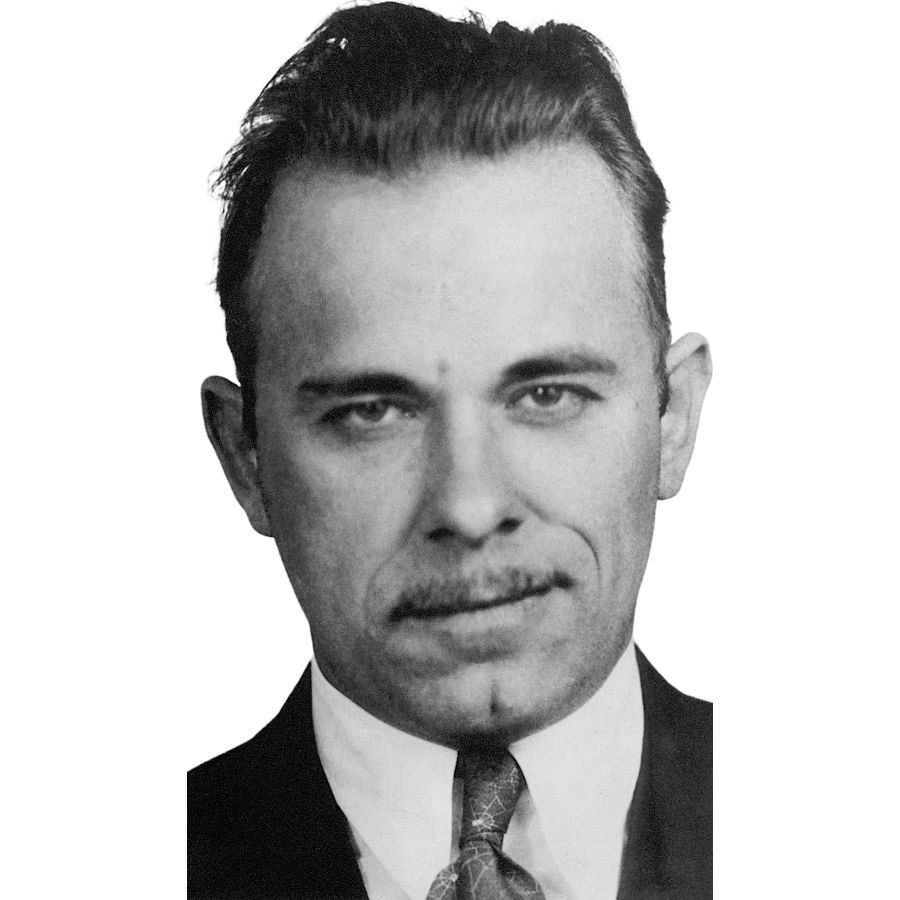
John Dillinger was a famous bank robber in the 1930s. He stole millions of dollars and became one of America’s most wanted criminals. Stories say he hid gold bars in Smoke Hole Canyon, a remote area in West Virginia’s Allegheny Mountains.
Dillinger used caves here to hide from police during his crime spree. A 2010 documentary showed explorers searching the canyon’s cliffs and caves, but no gold was found.
Smoke Hole Canyon’s rocky terrain and winding river made it a perfect hiding spot. Locals say Dillinger left clues carved into trees or rocks, but floods and landslides may have erased them.
The canyon was also home to moonshiners and outlaws, adding layers of mystery. Modern tools like sonar and drones have been used to scan the area. Even with technology, the gold remains hidden.
How much the treasure would be worth today
Dillinger’s gold could be worth $10 million today, based on historical records and gold prices.
The Sinks of Gandy Treasure – $2,000,000+
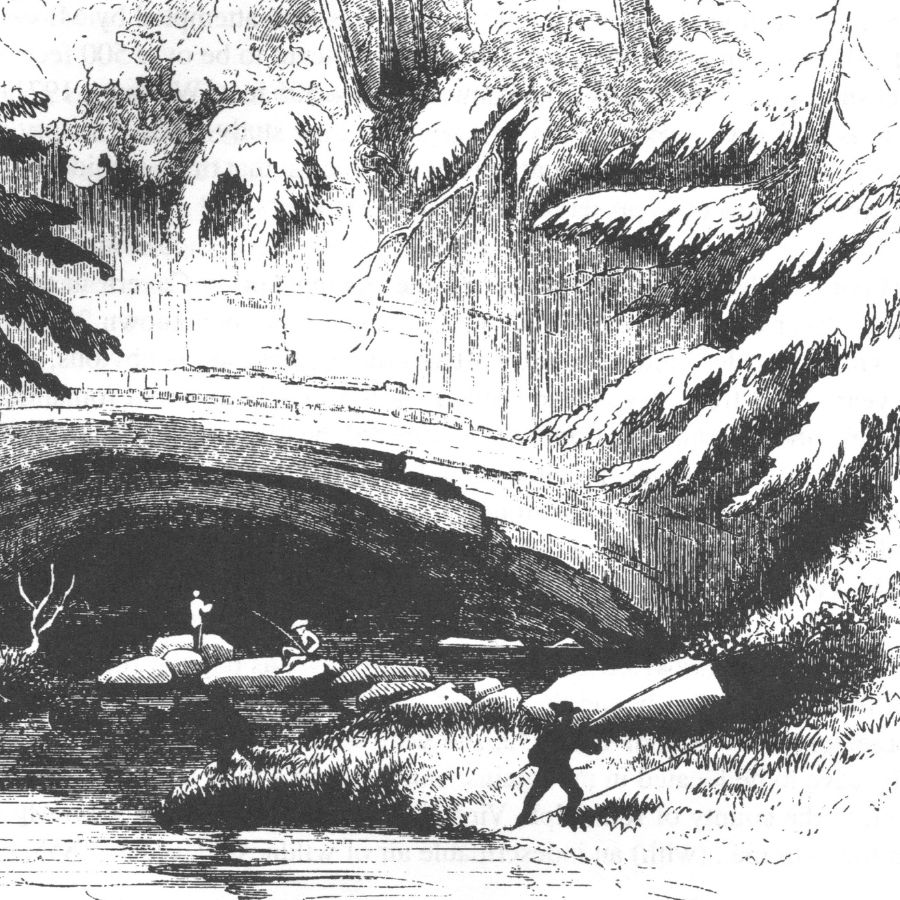
The Sinks of Gandy is a cave where Gandy Creek flows underground for 3,000 feet. It was named after Uriah Gandy, a settler who arrived in 1781.
During the Civil War, Confederate soldiers robbed a store and hid there. Union troops chased them, leading to a shootout where three rebels died.
The Sinks became famous after a writer described it in a magazine in 1872. Maps from the 1960s tried to attract tourists by renaming the area. Today, the cave is on private land, but owners allow visitors.
How much the treasure would be worth today
The hidden chests might hold $2 million in old coins and historical value.
Braxton County Rune Stone – $1,000,000+
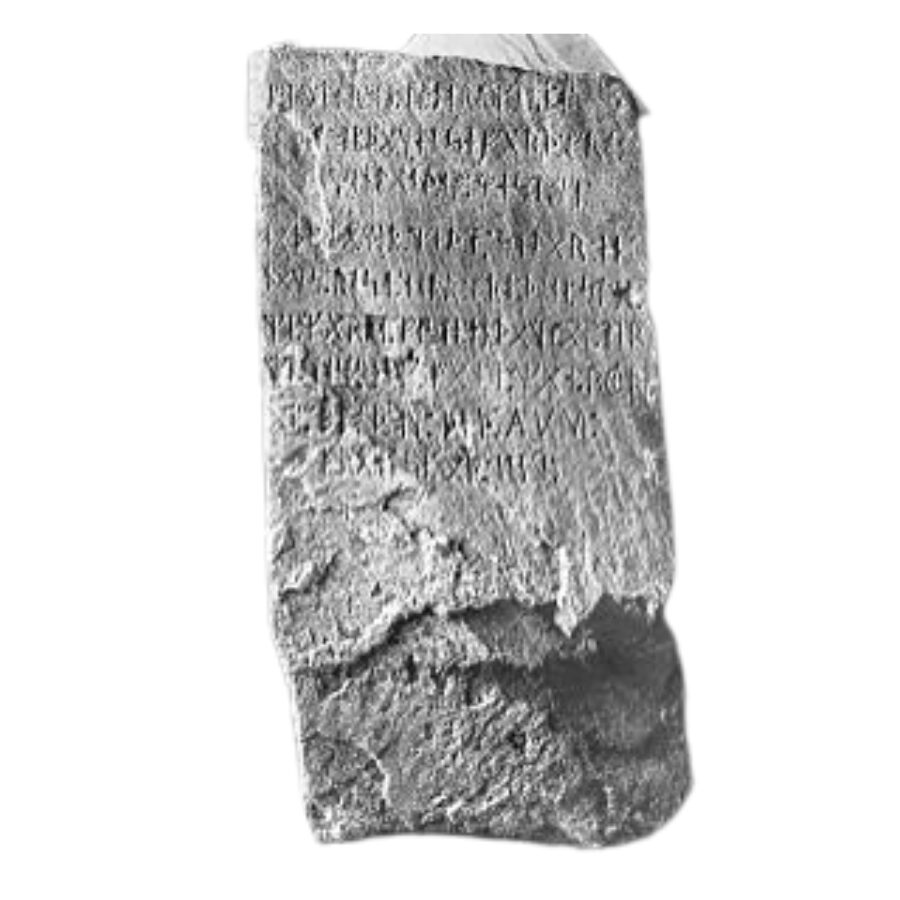
In 1931, farmer Blaine Wilson found a sandstone slab with strange carvings near Gassaway. The Braxton County Rune Stone had symbols like those on the Grave Creek Mound tablet, found in 1838. Both stones are now in museums, but experts think they are fakes.
The runes sparked theories about Vikings or Native Americans visiting West Virginia. A researcher in the 1940s claimed the symbols led to buried gold. The stone’s true purpose remains a mystery.
The state bought the stone in 1940 and sent it to a university for study. Scientists said it was likely a hoax. Despite this, treasure hunters still visit Braxton County, hoping to crack the code and find gold treasures.
How much the treasure would be worth today
The real treasure’s value could reach $1 million.
Silver Coins Near Paden City – $3 million
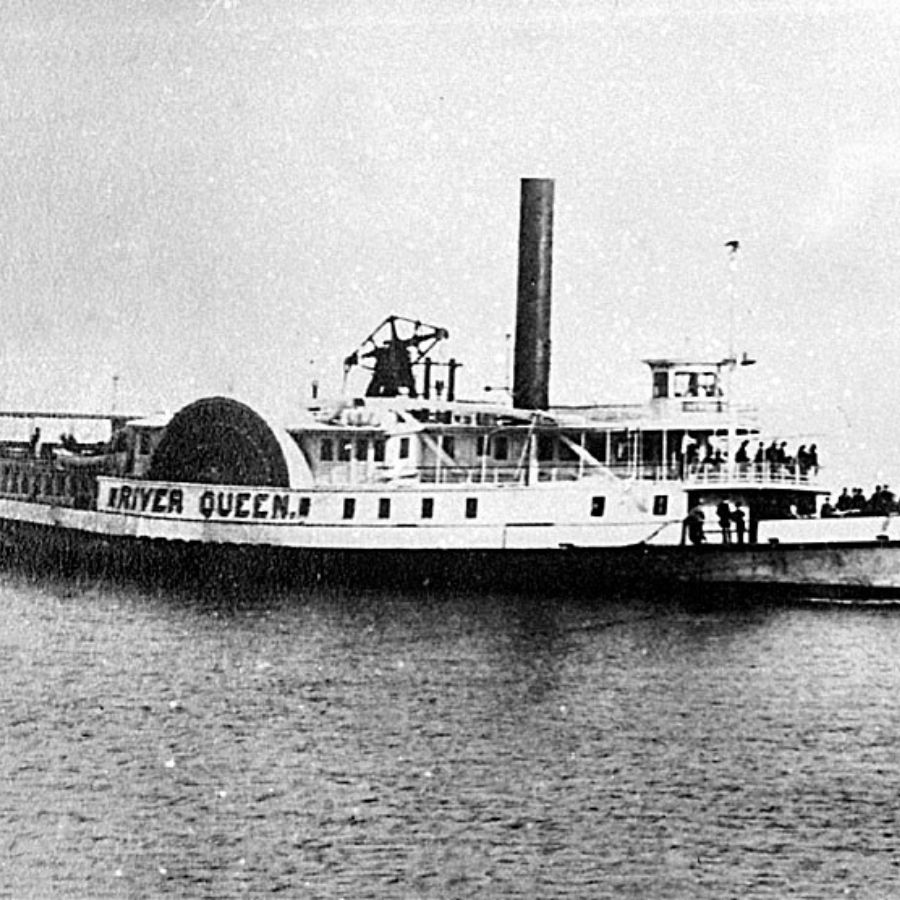
In 1913, heavy rains caused the Ohio River to flood near Paden City. Farmers found Spanish silver coins washed up on the south bank.
The coins likely came from a steamboat wreck buried in the river mud. The ship, possibly named River Queen, sank in the 1850s while carrying cargo.
The steamboat might have carried a merchant’s payroll or trade goods. Low water levels in summer expose parts of the riverbed, allowing hunters to search. Mud and shifting sand keep the main hoard hidden.
How much the treasure would be worth today
The silver coins could total $3 million due to rarity and historical value
Lost River Silver Mine – $5,000,000+

Near Wardensville, settlers in the 1700s told stories of a silver mine hidden in the mountains. A German immigrant found the vein but died without revealing its location.
In the 1920s, prospectors found quartz but no silver. Some think the mine was a myth, while others blame a cover-up. Modern hunters use drones and radar to scan North Mountain. Old-timers say the mine lies under a cherry tree, but private land blocks digging.
Wardensville, founded during the French and Indian War, keeps the legend alive. The town’s historic buildings and forests draw treasure hunters hoping to find clues.
How much the treasure would be worth today
The lost silver mine treasure might hold $5 million or more today.
Chief Logan’s Hidden Artifacts – $2,000,000+
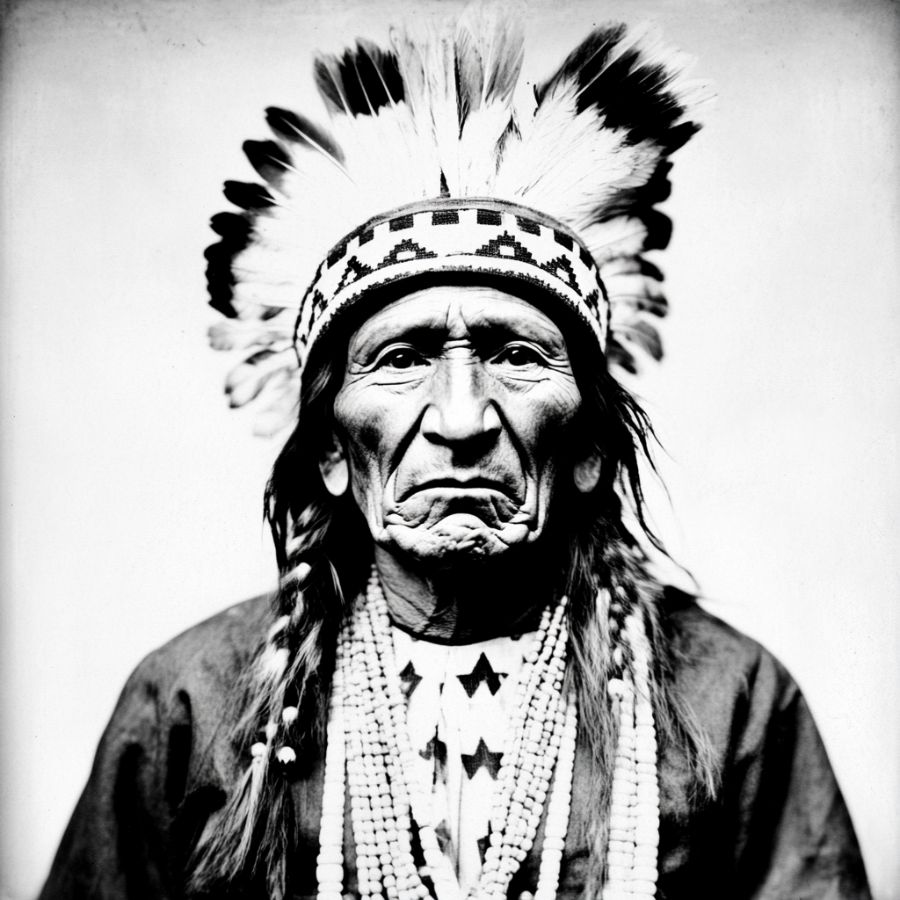
Chief Logan was a respected Mingo leader in the late 1700s. His village stood near present-day Logan, West Virginia, in a valley surrounded by thick forests. After his family was killed during conflicts with settlers, Logan became a symbol of Native American resistance.
He likely buried ceremonial items, tools, and personal belongings to protect them from destruction. These artifacts could include copper ornaments, stone tools, silver, and carved wooden objects.
The area around Chief Logan State Park holds clues. Archaeologists found ancient fire pits and pottery shards in the 1970s.
While no major artifacts have been found, historians think the site could reveal trade goods like glass beads or iron tools. The search continues quietly, respecting the land’s cultural importance.
How much the treasure would be worth today
Chief Logan’s artifacts could be valued at $2 million for their historical and cultural significance.
The Weeping Willow Tree Treasure – $500,000+
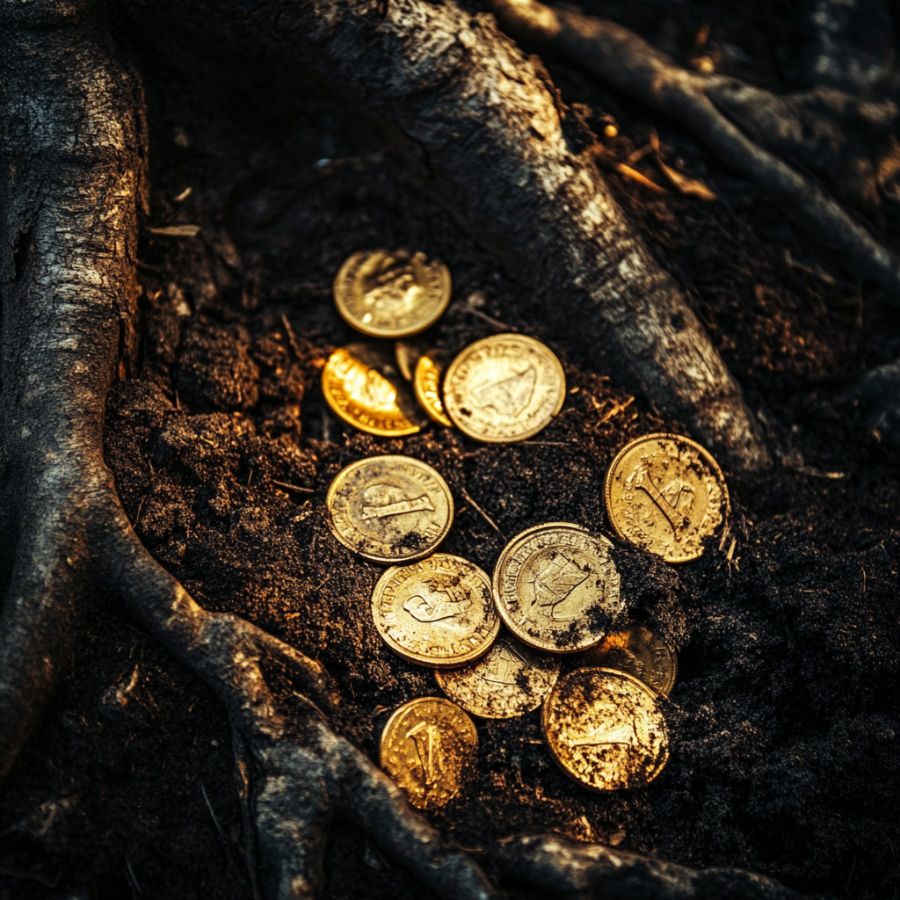
In the 1850s, a farmer named Elias Thornton lived near the Ohio River outside Parkersburg. He saved gold coins earned from selling crops and livestock.
Thornton buried his savings under a large weeping willow tree by his cabin. When he died during a cholera outbreak in 1852, the tree’s location was lost.
In 2013, a storm uprooted an ancient willow near Belpre, Ohio, revealing old nails and broken pottery. Treasure hunters rushed to the site but found no gold.
The search now focuses on areas where 19th-century property lines meet the river. Thornton’s gold likely included $20 gold coins minted in New Orleans. These coins are rare and valuable today.
How much the treasure would be worth today
Thornton’s buried coins might total $500,000 due to rare gold values.
The Harper’s Ferry Armory Cache – $1,500,000+
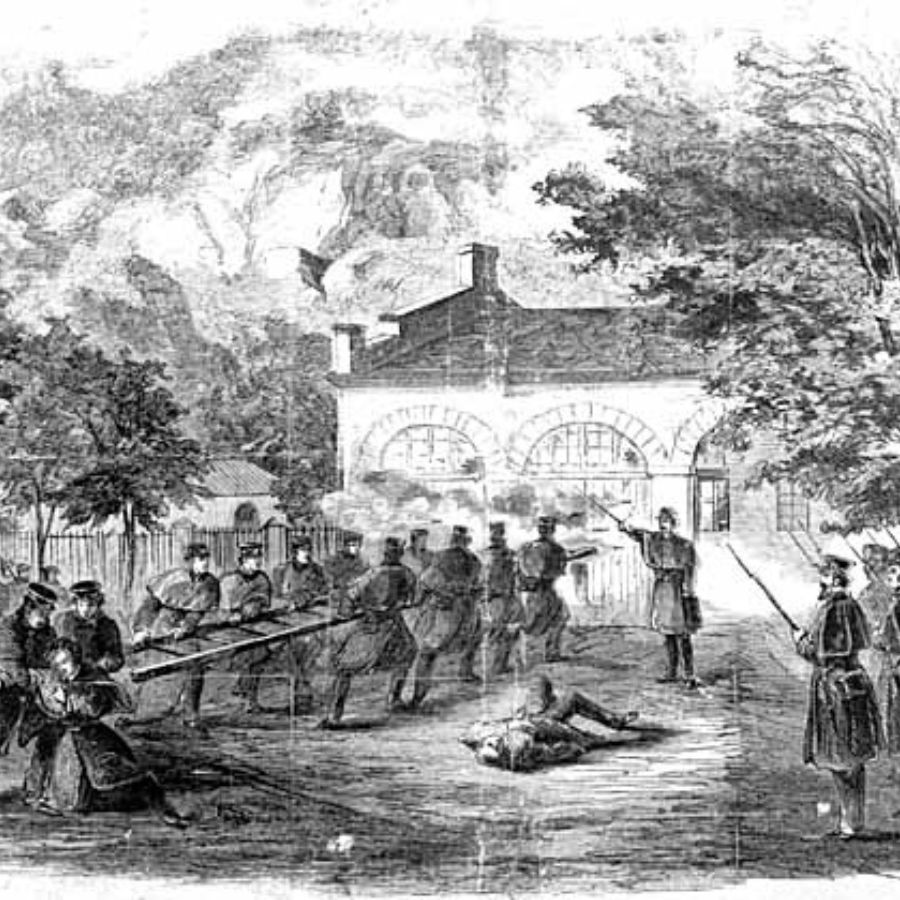
In 1859, John Brown led a raid on Harper’s Ferry to seize weapons for a slave uprising. Workers at the U.S. Armory panicked as Brown’s group took control. To protect supplies, they hid crates of rifles and gold coins in the hills nearby. Union soldiers later found some weapons, but most remained missing.
The cache might be buried near Maryland Heights, a cliff overlooking the Potomac River. Historians think the gold was meant to fund Brown’s rebellion and could still be sealed in a cave.
Harper’s Ferry National Park restricts digging, but hunters explore old trails. Some focus on Elk Ridge, where armory workers had storage sheds. The rifles, if preserved, could be museum pieces. The gold coins might include rare 1850s double eagles.
How much the treasure would be worth today
The hidden weapons and gold could be worth $1.5 million today.
The Cheat River Bullion – $8,000,000+
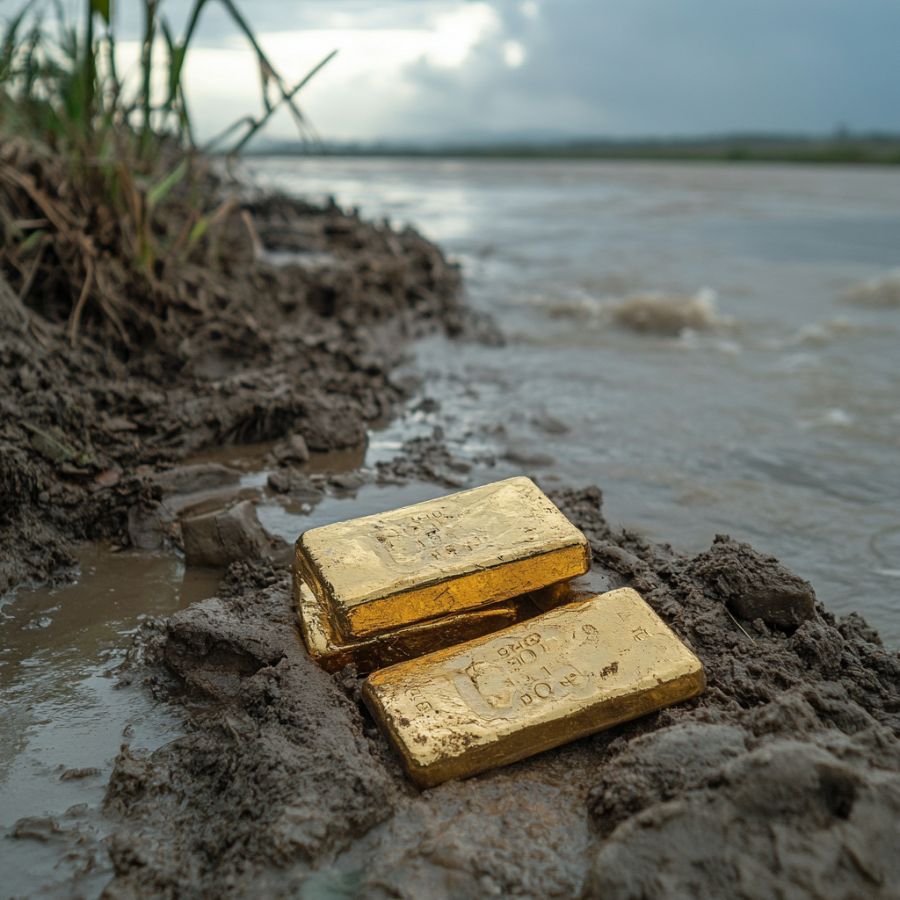
In 1887, a stagecoach carrying gold bars from a Morgantown mine to Pittsburgh was attacked near Cheat River. Bandits ambushed the coach, shooting the driver and guards. They tossed the gold into the river to escape but sank the coach in muddy banks near Albright.
Divers searched the river in the 1920s, finding empty strongboxes. The 1985 flood shifted the riverbed, spreading the gold further downstream. Modern teams use sonar near Rowlesburg’s old railroad bridge, where the water runs deep.
The bullion bars were stamped with the mine’s name, “Fairmont Vein.” Each bar weighed 25 pounds and was 90% pure gold. If found, they would still bear these marks. The Cheat River’s fast currents and hidden rocks make recovery dangerous.
How much the treasure would be worth today
The lost gold could be valued at $8 million based on its weight and purity.

